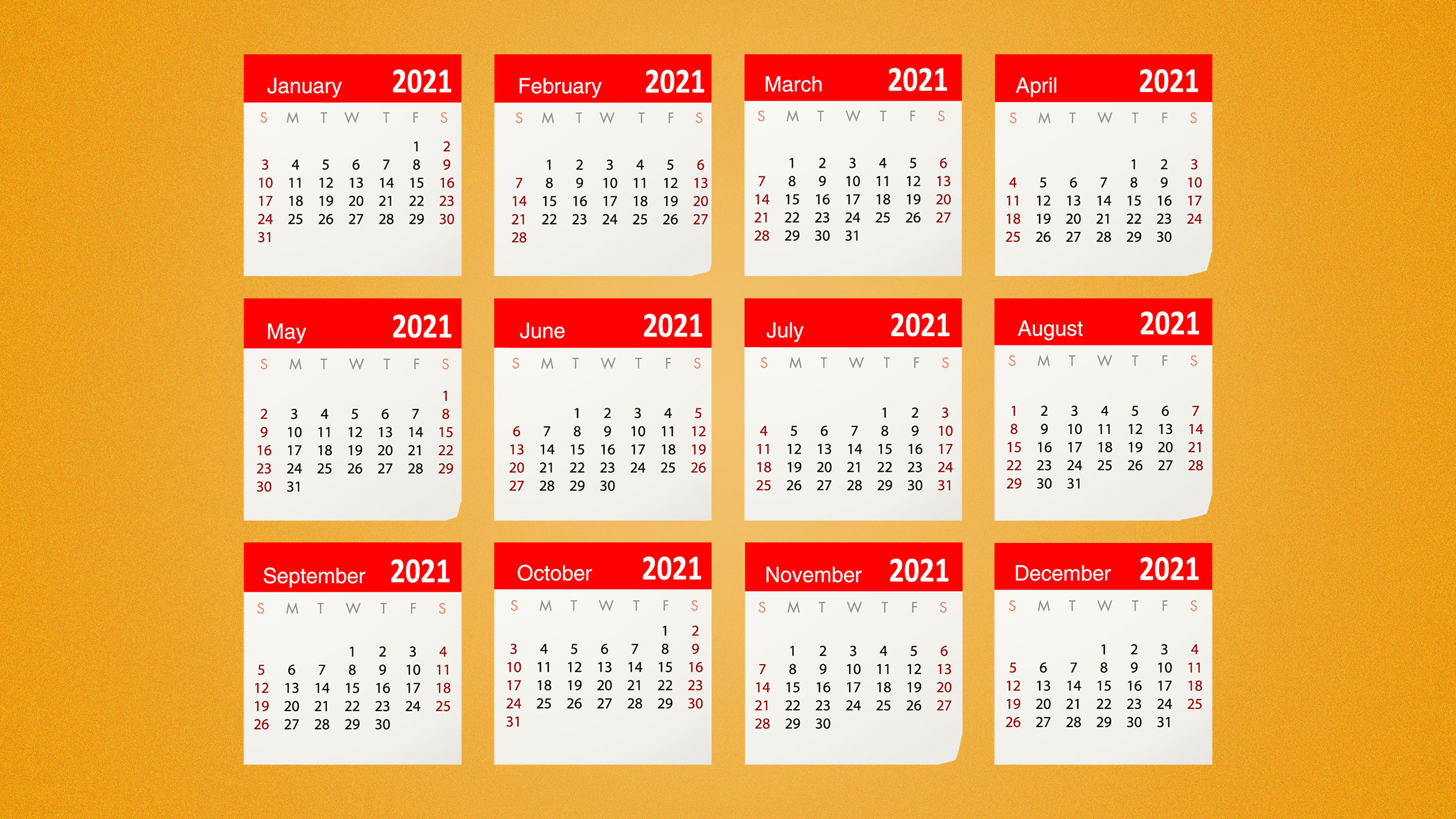What Beats a 4-Day Workweek? A 10-Month Year
The four-day workweek is having a moment. More companies are offering the perk as a response to pandemic-related burnout and the Great Resignation (though numbers are still small overall), while a steady drumbeat of studies show that shorter workweeks benefit productivity and well-being. A handful of political leaders have even endorsed the idea as a steppingstone to a more humane and sustainable form of capitalism.
Which we certainly need. And more flexible weekly scheduling is one avenue to explore to help us get there. But what if four-day workweeks weren't the best way to relieve the pressure on professionals? What if instead of rethinking when and how much we work each week, we rethink when and how much we work each year?
This isn't news to Europeans
This idea might sound crazy to Americans, but I can personally assure you Europeans would just shrug their shoulders. I've lived for the past 10 years on the Mediterranean island of Cyprus. It's 100-plus degrees here all of July and August, and some of the world's best beaches are a tantalizingly short drive away. No wonder that basically the entire country shuts down for all of August and decamps for a sun lounger.
And it's not just here. Across continental Europe, multiweek, if not month-long, summer getaways are the norm. That's highly annoying if you need to complete a banking or bureaucratic task in August, but despite these headaches, for the most part businesses over here continue to hum along fine while citizens enjoy a far less stressful pace of life.
This is, sadly, not a model many Americans can aspire to. U.S. employers are legendarily stingy with paid leave. And if you're starting your career, scraping by financially, or just took a massive VC check, then leisurely breaks are not realistic. But, according to a recent piece by Jackie Lam for the Freelance Creative, for midcareer freelancers and entrepreneurs building sabbaticals into your year may be far more doable than you imagine.
How to design a 10-month year
Lam talks to self-employed folks who have decided to only work a 10-month year. Her subjects range from writers who set aside several weeks-long retreats to a podcaster who stops work completely from Thanksgiving through New Year's.
What all of them have in common is that they thoughtfully look at the ebb and flow of their client work and their personal productivity and intentionally carve out long breaks to rest and recharge.
All report being more successful (and saner) overall for it. The ability to take long breaks off to refill your motivational tank and think deeply can help you be more productive during the months you are working. "Breaks give me the energy and inspiration to take steps forward," founder Amanda Castleman tells Lam.
Humans are seasonal creatures
A more up-and-down rhythm to work may also align better with seasonal variations that are deeply woven into the human mind. As I've written here on Inc.com before, anthropology suggests that for much of our history, humans alternated between seasons of settled farming and seasons of nomadic hunting and gathering. Modern people may have inherited a propensity for our ancestors' cycles of exploitation and exploration, settled industriousness and wandering curiosity.
Or, in plain language, if you just can't seem to take your mind off the beach all summer (or feel like hibernating with a pile of books all January), maybe you should run with that. Many entrepreneurs become entrepreneurs, at least in part, to control their own time. Rejiggering your weekly schedule is one way to do that. But consciously redesigning your yearly schedule can be an even more effective route to joy and success.


